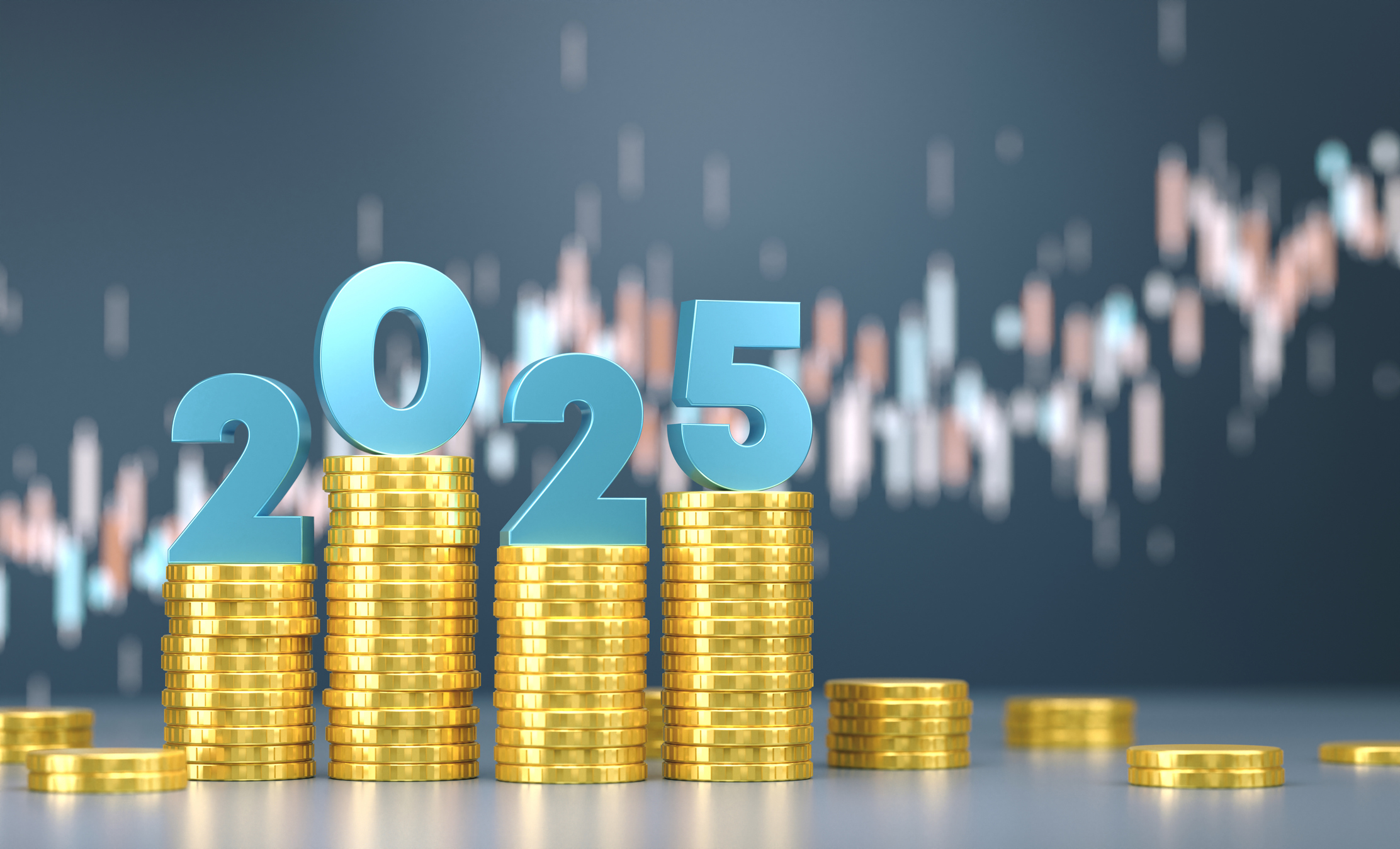Three Smart Ways to Store Cash This Year
Looking for smart ways to store cash this year? Here are three ways to profit off interest-earning investments.


I never prescribe one overall asset-allocation formula because no such solution suits everyone. That includes the popular 60-40 stocks-to-bonds ratio, which advisers frequently recommend to retirees or preretirees who are afraid to lose principal but still need growth alongside immediate income. I also avoid dictating how much cash to hold, unless your answer is 100% — especially if you limit yourself to money market funds, Treasury bills and bank deposits.
However, there is another, often overlooked cash-management opportunity you can employ after you decide what percentage of your portfolio to keep in ready money: how best to distribute savings in interest-earning investments.
I take an expansive view of what counts as cash, with ultra-low duration (a measure of the price sensitivity of a fund or bond to changes in interest rates) high on my list. (Bond prices and interest rates move in opposite directions.) The goal is to collect substantial income with mild price risk and everyday liquidity. Consider the following ideas reasonable for most everyone:

Sign up for Kiplinger’s Free E-Newsletters
Profit and prosper with the best of expert advice on investing, taxes, retirement, personal finance and more - straight to your e-mail.
Profit and prosper with the best of expert advice - straight to your e-mail.
Maximum yield
You can outdo the best money market and certificate of deposit rates by impersonating a banker: Invest in funds that hold high-yielding assets, such as commercial loans, credit card portfolios, home-equity credit lines, and so forth. Duration in these types of funds is minimal, and the payouts dwarf those of CDs and T-bills.
For example, Fidelity Floating Rate High Income Fund (FFRHX, yield 9.4%) and the discounted closed-end fund Nuveen Credit Strategies Income (JQC, distribution rate 13.0%) transmit enough income to offset even a small uptick in delinquencies and write-offs. RiverPark Floating Rate CMBS Fund (RCRFX, yield 7.7%) and Janus Henderson AAA CLO ETF (JAAA, yield 6.7%) focus on different kinds of creditors but boast similar duration, yield and return.
A better lockbox
If those ideas are too spicy, you can still add value. The yield curve is screaming for you to target three-to-six-month maturities; anything that goes out one to two years or longer is silly. If you have a one- or three-year CD coming due, or any 401(k) savings sitting in a stable-value account yielding 3%, consider transferring the cash to ultra-short options such as money market funds or T-bills.
On $50,000, the difference between a 3.0% and 5.5% yield is $1,250 a year — too much to ignore. And if you have cash in a brokerage account, be sure it sits in an actual money market fund and not a brokerage’s or bank’s holding tank paying no more than 1%.
High flexibility
If the economy weakens, or if the Federal Reserve hints that it can refrain from further interest rate hikes, the managers of actively managed ultra-short bond funds may be able to boost their net asset values a percentage point or two over and above the yield.
Funds such as T. Rowe Price Ultra Short-Term Bond Fund (TRBUX, yield 4.9%) did that in 2023 and it may pick up some upside on price until higher-yielding assets, which include corporate notes and consumer loans, roll over and new ones pay less. If you give the pros the flexibility to find snippets of extra yield on favorable terms, you should take home more cash with ease.
Note: This item first appeared in Kiplinger's Personal Finance Magazine, a monthly, trustworthy source of advice and guidance. Subscribe to help you make more money and keep more of the money you make here.
Related Content
Profit and prosper with the best of Kiplinger's advice on investing, taxes, retirement, personal finance and much more. Delivered daily. Enter your email in the box and click Sign Me Up.

Kosnett is the editor of Kiplinger Investing for Income and writes the "Cash in Hand" column for Kiplinger Personal Finance. He is an income-investing expert who covers bonds, real estate investment trusts, oil and gas income deals, dividend stocks and anything else that pays interest and dividends. He joined Kiplinger in 1981 after six years in newspapers, including the Baltimore Sun. He is a 1976 journalism graduate from the Medill School at Northwestern University and completed an executive program at the Carnegie-Mellon University business school in 1978.
-
 What is the IRMAA (Income-Related Monthly Adjustment Amount)?
What is the IRMAA (Income-Related Monthly Adjustment Amount)?IRMAA is a surcharge added to your Medicare Part B and Medicare Part D prescription drug coverage premiums if your income is above a certain level. Here's what you need to know.
-
 No Social Security Tax Cuts in Trump’s 'Big Bill'? What Retirees Need to Know
No Social Security Tax Cuts in Trump’s 'Big Bill'? What Retirees Need to KnowTax Policy Eliminating taxes on Social Security benefits is missing from President Trump’s proposed tax overhaul. Here’s why and what an alternative offering could mean for retirement taxes.
-
 What to Do and What Not to Do When Markets Get Turbulent
What to Do and What Not to Do When Markets Get TurbulentFollow these tips and strategies to help you navigate investing turbulence.
-
 What to Know About Treasury Inflation-Protected Securities (TIPS)
What to Know About Treasury Inflation-Protected Securities (TIPS)Understanding what Treasury Inflation-Protected Securities (TIPS) are and how to use them in a portfolio.
-
 Where to Invest in the Back Half of 2025
Where to Invest in the Back Half of 2025The crystal ball has gone dark on Wall Street. Flexibility and diversification will be key in the second half of 2025.
-
 Why I Trust Bonds, Even Now
Why I Trust Bonds, Even NowColumnist Jeffrey Kosnett explains why he stands by investing in bonds.
-
 How Our Favorite ETFs Are Performing Amid Market Volatility
How Our Favorite ETFs Are Performing Amid Market VolatilityA roller-coaster year for the stock market has weighed on several of our favorite ETFs, but one equities fund is faring better than others. Here's why.
-
 Tech Stocks Drag This Growth Fund Down
Tech Stocks Drag This Growth Fund DownA rough stretch for mega-cap tech and tech-adjacent names has put pressure on this Mairs & Powers mutual fund.
-
 Why You May Want a Postnup
Why You May Want a PostnupEven after you've said "I do," you can draw up an agreement to protect your assets.
-
 How to Appeal a Health Insurance Denial
How to Appeal a Health Insurance DenialIf your insurer refuses to pay for a treatment or procedure that you believe should be covered, use our guide to appeal.